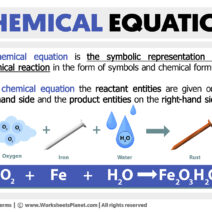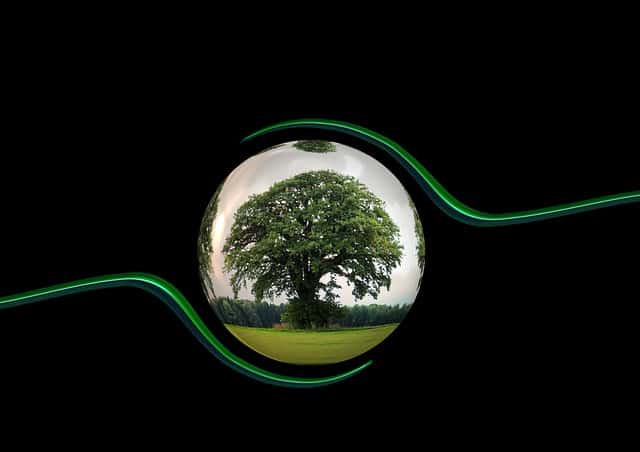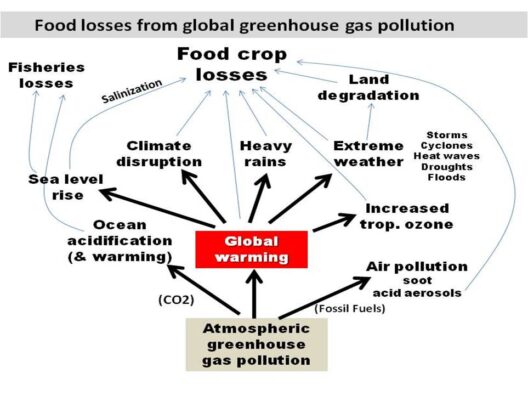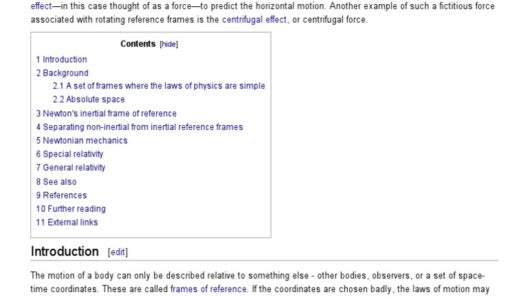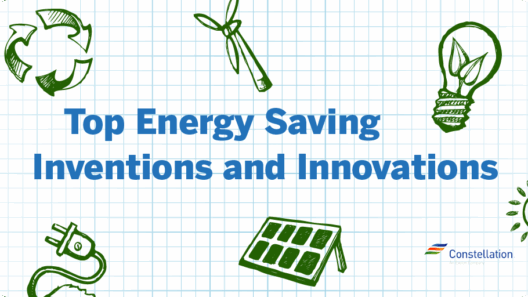The realm of energy conservation often evokes images of sunlight trapped in solar panels or the gentle whir of wind turbines. Among these glowing icons lies a lesser-discussed giant: nuclear energy. Like a mighty river, it flows abundantly, offering a powerful source of electricity while simultaneously presenting a myriad of challenges. To conserve nuclear energy responsibly is akin to tending to a vast and vital ecosystem—one that demands respect, understanding, and agility from its guardians. In this exploration, we shall delve into the multifaceted strategies required to achieve sustainable nuclear energy conservation, serving as stewards for future generations.
First and foremost, the conversation begins with recognition and understanding. Nuclear energy is not merely a commodity; it is the product of a complex interplay of physical laws and human ingenuity. Each atom of uranium or plutonium is a repository of energy, waiting to be unleashed. However, this potential comes with weighty responsibilities. Citizens must advocate for transparency and education about nuclear energy’s intricacies and risks. Knowledge serves as the bedrock upon which informed decisions rest, hence fostering awareness of the nuances involved in nuclear conservation.
One of the pertinent avenues for conserving nuclear energy is enhancing the infrastructure and technology in existing nuclear power plants. Existing facilities can be likened to aging giants, powerful yet creaking under the weight of their own legacy. Upgrading these plants with state-of-the-art technologies that facilitate increased efficiency, reduce waste, and ensure safety is imperative. Advanced reactors, such as Small Modular Reactors (SMRs) and Generation IV reactors, present promising solutions. Implementing these newer technologies not only promotes safety and efficiency but also extends the operational lifespan of our nuclear fleet. This is akin to rejuvenating the veins of an ancient tree, allowing it to flourish anew.
Another critical component involves optimizing operations through rigorous maintenance protocols. Regular assessments, upkeep, and innovation are pivotal. Treating a nuclear facility with the respect it demands—much like an artist honing their masterpiece over time—ensures that safety standards are upheld while maximizing output. Utilizing predictive maintenance technologies can be an effective way to mitigate risks; these tools enable operators to anticipate equipment failures before they arise, thereby maintaining the integrity of energy production.
Furthermore, the minutiae of waste management cannot be overlooked. The generation of nuclear energy yields byproducts that necessitate responsible handling. To conserve nuclear energy responsibly, we must embrace a culture of holistic waste management that spans the entire lifecycle of nuclear materials. This includes not only the processing of spent fuel but also the innovative exploration of options like reprocessing and recycling. The analogy of a circular economy resonates in this context—whereby waste is inherently repurposed rather than cast aside. It is imperative to support research into advanced waste containment technologies, ensuring that byproducts are not an afterthought but an integral component of the conservation strategy.
Moreover, promoting public-private partnerships in nuclear research can drive innovation while ensuring accountability. When the sectors of governance and industry collaborate, the exchange of ideas fills the air like music in a concert hall. This synergy fosters an environment conducive to exploration, be it in improving safety protocols or seeking new ways to mitigate environmental impacts. Opening avenues for stakeholders, from NGOs to private entrepreneurs, catalyzes a collective movement towards responsible energy conservation.
The role of community engagement cannot be overstated. Just as a gardener tends to each plant in their garden, an involved citizenry plays a crucial role in nuclear energy conservation. By fostering a dialogue between nuclear operators and local communities, concerns can be addressed, and mutual understanding can blossom. This engagement should include educational initiatives, town hall meetings, and collaborative planning efforts aimed at aligning energy production with community needs. Such initiatives can demystify nuclear energy, ensuring that its complexities are not shrouded in fear but engaged with curiosity and responsibility.
Equally, the potential of nuclear fusion presents an exciting frontier in our energy conservation strategy. Unlike its fission counterpart, fusion has the promise of virtually limitless energy with minimal environmental repercussions. Investing in the research and development of fusion technology is not simply a scientific pursuit; it embodies the human spirit’s enduring quest for sustainable solutions. While fusion remains in its infancy, fostering a robust pipeline of scientific inquiry can bridge the gap between dream and reality.
Lastly, an intrinsic part of conserving nuclear energy responsibly lies within public policy and regulatory frameworks. A judicious regulatory environment is the backbone of any energy sector. Policymakers must balance the need for innovation with safeguarding public welfare. Regulating nuclear energy involves a delicate dance—one that requires efficacy without compromising safety. Establishing clear standards for operation, waste management, and emergency response creates a safety net, ensuring nuclear facilities contribute positively to the energy landscape while preserving ecological integrity.
In conclusion, the responsible conservation of nuclear energy encapsulates a broad spectrum of practices that demand our collective engagement. From optimizing existing infrastructures to fostering community dialogues, from innovative waste management to investing in groundbreaking fusion research, every action contributes to an overarching tapestry of responsibility. The path forward requires a nuanced understanding of nuclear energy’s dual nature—it is both a formidable asset and a challenging endeavor. However, by approaching it with respect, intelligence, and foresight, we can harness its immense potential while preserving ecological balance for future generations, ensuring that we do not forsake the delicate web of life that sustains us all.
